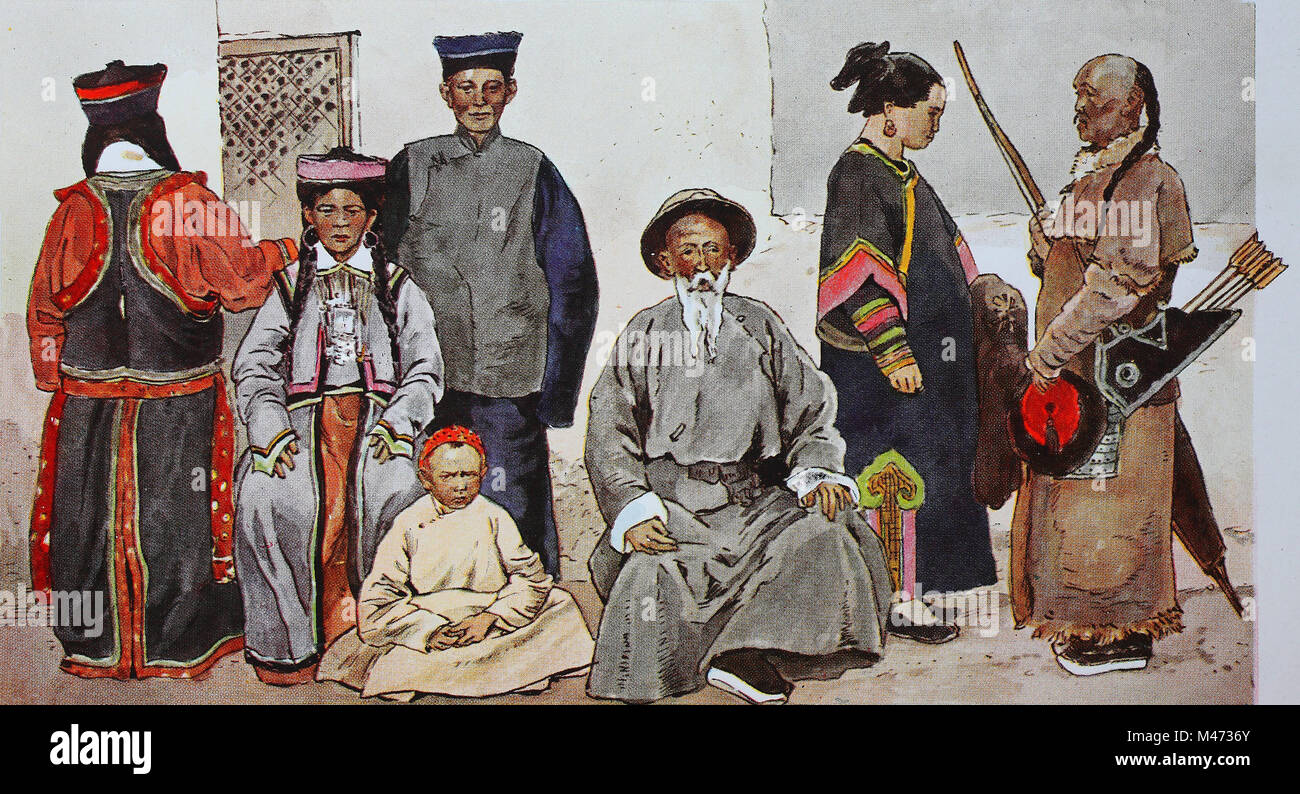Exploring the Rich Heritage of Eastern Wear Pakistan in Modern Style
Exploring the Rich Heritage of Eastern Wear Pakistan in Modern Style
Blog Article
Experience the Sophistication of Conventional Eastern Clothes
Embark on a trip via the intricate world of conventional Eastern clothes, where each garment narrates woven with social splendor and historic value. From the vibrant hues of a Chinese qipao to the regal beauty of a Pakistani shalwar kameez, these garments provide a peek into a world where craftsmanship meets artistry. The fusion of lavish textiles and fragile needlework strategies develops a tapestry of style that goes beyond borders and time. Join us as we unwind the tricks behind these elegant pieces and discover the allure of Eastern attire that has actually astounded generations.
History of Eastern Clothing
Eastern clothes has a rich background that dates back centuries, mirroring the diverse societies and traditions of regions such as Asia and the Center East. In Asia, conventional clothing varies substantially from the vibrant saris put on in India to the stylish bathrobe of Japan.
Throughout history, Eastern attire has not only served as a form of clothes however likewise as a sign of social identity and heritage. Today, Eastern clothes proceeds to progress, mixing standard aspects with contemporary fashion patterns to create distinct and timeless styles.
Significance of Embroidery
Embroidery plays an important function in typical Eastern clothing, including detailed information and cultural importance to garments that have been given through generations. In Eastern cultures, needlework is not simply ornamental yet holds deep symbolic definitions. Each stitch and pattern can share tales, beliefs, and even social standing.
The art of needlework in standard Eastern outfit is a labor-intensive process that calls for skill and patience. Highly experienced artisans diligently hand embroider detailed styles onto fabrics making use of methods that have been developed over centuries. These stitched designs often mirror the rich social heritage of the area they originate from, showcasing concepts influenced naturally, folklore, or historical occasions.

Elegant Fabrics Used
Lavish materials play an essential role in enhancing the style and opulence of traditional clothing across diverse Eastern societies. Silk, renowned for its softness and luster, is a preferred choice for several standard garments due to its luxurious feeling and capacity to curtain gracefully. In nations like India, China, and Japan, silk has a long history of being utilized in conventional attire, representing wealth and standing.
One more widely made use of luxurious fabric is brocade, characterized by elaborate patterns woven into the great site product. Brocade adds a touch of elegance to garments and is commonly seen in ritualistic clothing and official wear. Velour, with its plush structure and rich look, is also a preferred selection for traditional outfit in Eastern cultures, especially for unique celebrations and festive events.
Furthermore, satin, chiffon, and organza are often made use of for their running and light-weight qualities, adding a sense of delicacy and beauty to garments. These lavish fabrics not only elevate the aesthetic appeal of traditional Eastern outfit yet additionally contribute to the overall appeal and charm of the wearer.
Craftsmanship Techniques
Typical attire in various societies showcases impeccable craftsmanship techniques that are given via generations, highlighting the ability and creativity included in producing these charming garments. Each decoration, stitch, and needlework is meticulously crafted to develop classic pieces that embody the social heritage and practices of the region. The craftsmanship strategies made use of in conventional Eastern outfit often entail complex handwork, such as hand weaving, hand embroidery, and hand beading, which require accuracy and interest to detail.
Artisans that focus on these techniques undergo years of training to excellent their abilities and master the conventional methods of garment construction. Making use of high-quality materials incorporated with specialist workmanship leads to garments that not only look aesthetically magnificent yet also like it stand the examination of time. The devotion to protecting these craftsmanship strategies makes sure that each item of conventional Eastern attire is an artwork, mirroring the abundant social history and heritage of the region.
Timeless Sophistication and Beauty

The detailed embroidery, fragile beadwork, and extravagant materials made use of in standard Eastern outfit add to its unparalleled appeal. The meticulous workmanship passed down with generations ensures that every item narrates and shows class and grace.
Additionally, the timeless silhouettes and stylish draping of traditional Eastern outfit include to its enduring appeal. The moving lines and elegant styles develop a sense of harmony and equilibrium that is both mentally fascinating and aesthetically attractive.
Basically, the classic sophistication and charm of traditional Eastern clothing serve as a testimony to the skill and virtuosity of the craftsmen that dedicate their lives to protecting these elegant sartorial traditions. - eastern wear pakistan
Final Thought
Finally, the sophistication of typical Eastern outfit is a testimony to the abundant history, cultural value, and elaborate workmanship of the area. From the elaborate embroidery to the lavish textiles and ageless elegance, each garment tells a tale and mirrors the cultural identity of its origins. Accepting Eastern outfit permits one to value the creativity and beauty that have been given with generations, creating exciting and genuinely charming items.
Embark on a journey through the intricate globe of typical Eastern clothing, where each garment informs a tale woven with social richness and historical significance.Needlework plays a crucial function in conventional Eastern attire, including detailed details and cultural value to garments that have actually been passed down with generations.Elegant fabrics play a crucial function in enhancing the elegance and luxury of standard attire throughout diverse Eastern societies. The workmanship techniques made use of in standard Eastern outfit frequently entail complex handwork, such as hand weaving, hand embroidery, and hand beading, which need accuracy and interest to information.
In final thought, the elegance of conventional Eastern outfit is a testament to the abundant background, cultural value, and complex craftsmanship of the area.
Report this page